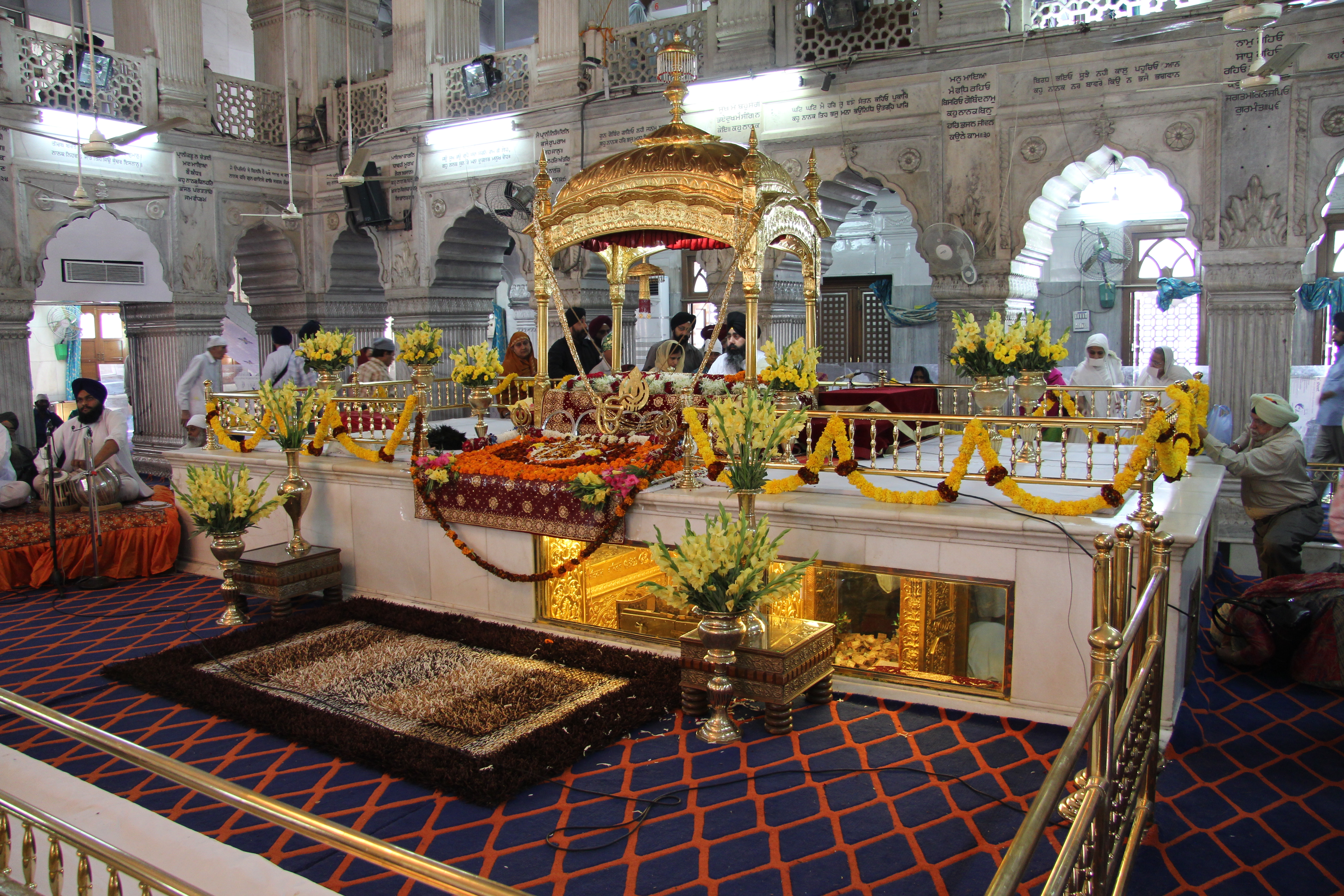Darbar Sahib Hall on:
[Wikipedia]
[Google]
[Amazon]

 Darbar Sahib, or Darbar Hall, literally means the Imperial Court, and often refers to the main room within a
Darbar Sahib, or Darbar Hall, literally means the Imperial Court, and often refers to the main room within a

 Darbar Sahib, or Darbar Hall, literally means the Imperial Court, and often refers to the main room within a
Darbar Sahib, or Darbar Hall, literally means the Imperial Court, and often refers to the main room within a Gurdwara
A gurdwara or gurudwara () is a place of assembly and place of worship, worship in Sikhism, but its normal meaning is "place of guru" or "home of guru". Sikhism, Sikhs also refer to gurdwaras as ''Gurdwara Sahib''. People from all faiths and rel ...
. This room is where the Guru Granth Sahib
The Guru Granth Sahib (, ) is the central holy religious scripture of Sikhism, regarded by Sikhs as the final, sovereign and eternal Guru following the lineage of the ten human gurus of the religion. The Adi Granth (), its first rendition, w ...
sits on a raised throne, or ''takht'', in a prominent central position.
Darbar Sahib - Diwan Hall
Darbar Sahib worship takes place in the Diwan Hall (prayer hall). In the Diwan Hall, people play worship hymns from the Guru Granth Sahib. People visiting the Gurdwara sit on the floor, often cross-legged, as pointing one's feet towards an object or person — in this case, theGuru Granth Sahib
The Guru Granth Sahib (, ) is the central holy religious scripture of Sikhism, regarded by Sikhs as the final, sovereign and eternal Guru following the lineage of the ten human gurus of the religion. The Adi Granth (), its first rendition, w ...
— may be mistaken as disrespectful according to cultural norms. It is also the traditional and optimal posture for deep meditation
Meditation is a practice in which an individual uses a technique to train attention and awareness and detach from reflexive, "discursive thinking", achieving a mentally clear and emotionally calm and stable state, while not judging the meditat ...
. Furthermore, sitting on the floor is seen as a symbol of equality among all people. Everyone sits on the floor to show that nobody is higher in status than anybody else.
Traditionally, women and children sit on one side of the diwan hall, and men sit on the other. However, mixed seating is in no way prohibited.
The Guru Granth Sahib is placed on pillows, which have cloths draped over them. The pillows are on a raised platform that has a canopy. The cloths, called ''romallas'', cover the Guru Granth Sahib when it is not being read.
This platform is at the front of the diwan hall. Also in the diwan hall, there is another platform where musicians (called the Ragis) sit and play their instruments while the congregation sings hymns. Music is an important part of Sikh worship because it accompanies the singing of hymns from the Guru Granth Sahib. The hymns in the Guru Granth Sahib are called ''Gurbani,'' which means "The words of the Guru."
See also
*Sikh architecture
Sikh architecture is a style of architecture that was developed under the Sikh Confederacy and Sikh Empire during the 18th and 19th centuries in the Punjab region. Due to its progressive style, it is constantly evolving into many newly developin ...
References
Sikh architecture {{Sikhism-stub